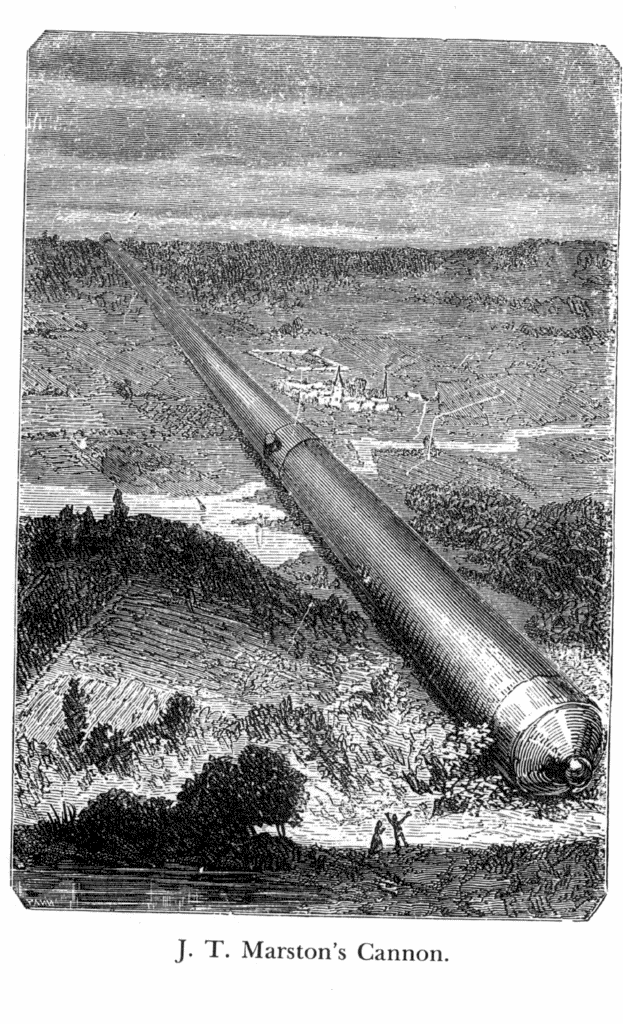 Copyright © Michael Richmond.
This work is licensed under a Creative Commons License.
Copyright © Michael Richmond.
This work is licensed under a Creative Commons License.
Some 1D kinematics problems
Try to do all 3 problems.
In each problem, figure out first what you know,
what you don't know, and what you WANT to know.
Then pick an appropriate kinematics equation.
Write the equation you are going to use on your
paper before you go on to solve it.
Your textbook derives in Section 2.5 these four equations for the special
(and common) case of constant acceleration:




Parts written in italics are optional -- do them only
if you have finished everything else. Beware: they may be
tricky!
Remember that objects falling near earth with no
forces acting except gravity have a downwards acceleration of 9.8 m/s^2.
-
Indianapolis race cars make a rolling start. At the beginning of
the race they are moving at 120 mph and they accelerate to 250 mph in
4.0 seconds.
- What is the acceleration of the cars?
- How far do they travel in this acceleration phase?
- The Indianapolis race track is an oval 2.5 miles
in circumference. Estimate the displacement
of the cars from the start to the end of this
acceleration phase.
- You throw a ball upwards at 15 m/s toward a platform located 2.0 m
above the point where you release the ball.
- Find the time taken to reach the platform.
- Find the velocity when the ball reaches the platform.
- The ball misses the platform and falls back down, landing
on your foot. How fast is it going when it hits your foot?
- You notice a falcon flying past the Kodak office building
with a constant acceleration.
It goes down 6 stories in 1.5 seconds, and at the
end has a downwards velocity of 18 m/s.
Please do remember that falcons have wings....
- What is the acceleration of the bird?
- What was the initial speed of the bird?
- In Jules Verne's novel From the Earth to the Moon,
a group of engineers builds a really, really big
cannon:

The cannon, which has a muzzle about 700 feet long ,
accelerates a shell from rest
to a final speed of 12,000 yards per second.
What is the acceleration of the projectile --
and the people inside it?
Express your answer in terms of the acceleration
due to gravity, g = 9.8 m/s^2.
 Copyright © Michael Richmond.
This work is licensed under a Creative Commons License.
Copyright © Michael Richmond.
This work is licensed under a Creative Commons License.

 Copyright © Michael Richmond.
This work is licensed under a Creative Commons License.
Copyright © Michael Richmond.
This work is licensed under a Creative Commons License.





 Copyright © Michael Richmond.
This work is licensed under a Creative Commons License.
Copyright © Michael Richmond.
This work is licensed under a Creative Commons License.